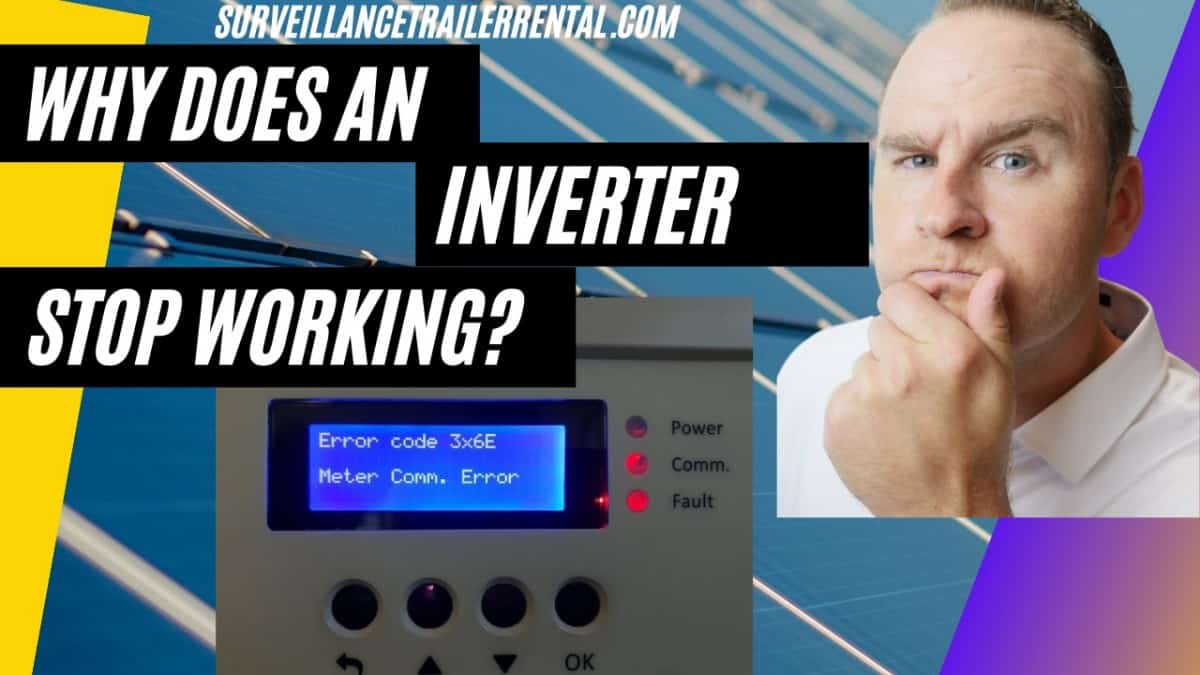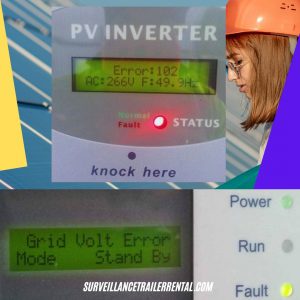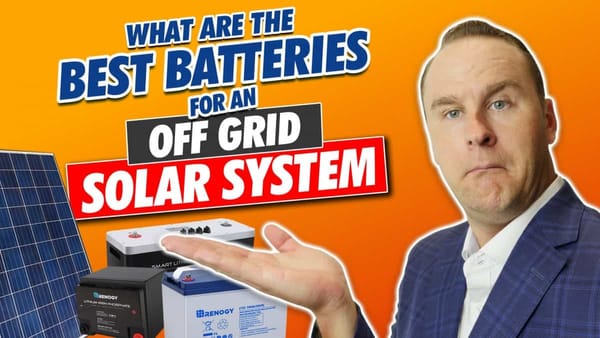Why Does an Inverter Stop Working?

What makes an inverter stop working?
When an inverter stops working unexpectedly, it can lead to hours of troubleshooting. In this article, we’ll explain some common causes and what you can do about them.
Weather condition. The inverter is connected to the solar panels which produce electricity during daylight. The system won’t produce electricity when there isn’t enough sunlight such as when there are thick clouds or snow. An inverter could stop working during winter, cloudy or dark days. The inverter will automatically begin to work when there is enough power.
Power failure/interruption. The inverter won’t receive power from the grid in the event that there’s a power interruption or the earth leakage switch and/or regulator are shut off. The inverter will automatically shut down due to safety reasons. This is because the electricity generated by the solar panels is temporarily stored in the inverter. The inverter is continuously monitoring the frequency and the voltage of the grid and adjusts the power generated to match this. When there is a power failure, the inverter shuts down.
Faulty System. In the event of a fault within the solar system, the inverter will display an error message. If this happens, you will see the error message on the display screen. The installation manual will assist you in determining the type and cause of the error.

Inverters with error displays
High voltage. Is the inverter off (sometimes more than once) during the day? This could be due to a high voltage at the outlet of the inverter. The inverter will shut down automatically when the voltage becomes too high.
What causes high voltage?
- When the voltage in the house is already very high (exceeding 240V).
- Using a thin connection cable and exceeding the voltage limit of the said cable.
- Connecting the inverter to the phase having the highest voltage.
Things to check for in high voltage inverter
- Shut-down parameters. Are they set up in the correct way? The inverter should be set up such that it automatically turns off when the voltage exceeds 253V. It is advisable to check the installer settings to avoid setting up the inverter incorrectly. For instance, you might choose the wrong country setting.
- Voltage drop. Ensure that the voltage drop does not exceed 1%.
- Are you connected to a single-phase?
- Switch to a 3-phase connection. This helps to manage the inverter capacity. However, ensure that the power capacity of the installation does not exceed 5kW.
- Verify that the total capacity of the inverter’s AC-power is not more than 5 kW for a single-phase inverter – whether you are connected to a single-phase or a three-phase connection.
- Are you connected to a three-phase with one or two inverters?
- Replace this with a 3-phase inverter or with three 1-phase inverters that are each connected to the different phases.
- Check whether the inverter’s maximum capacity for AC is not greater than 10 kW for a 3-phase inverter connected to a three-phase interface.



